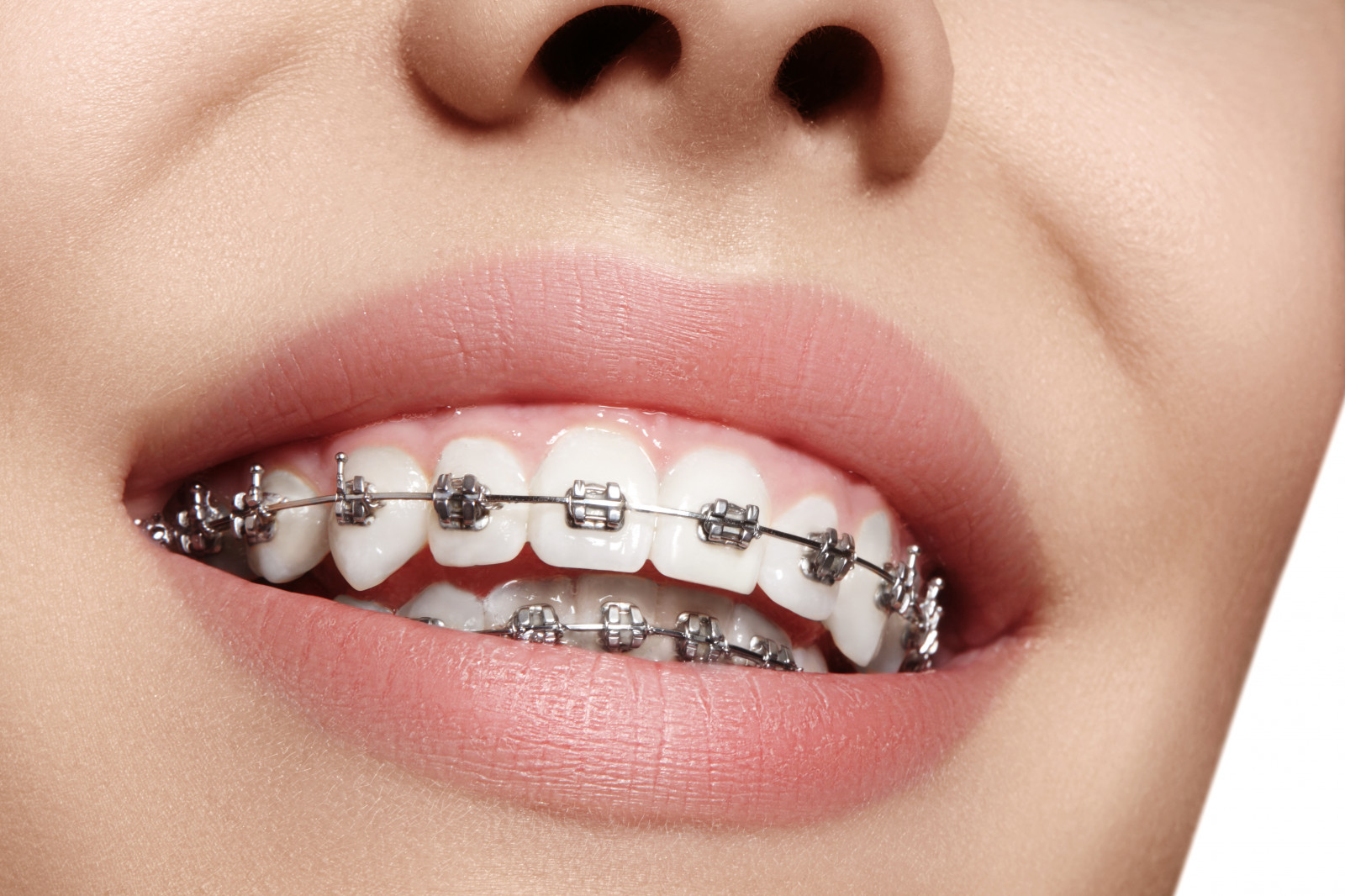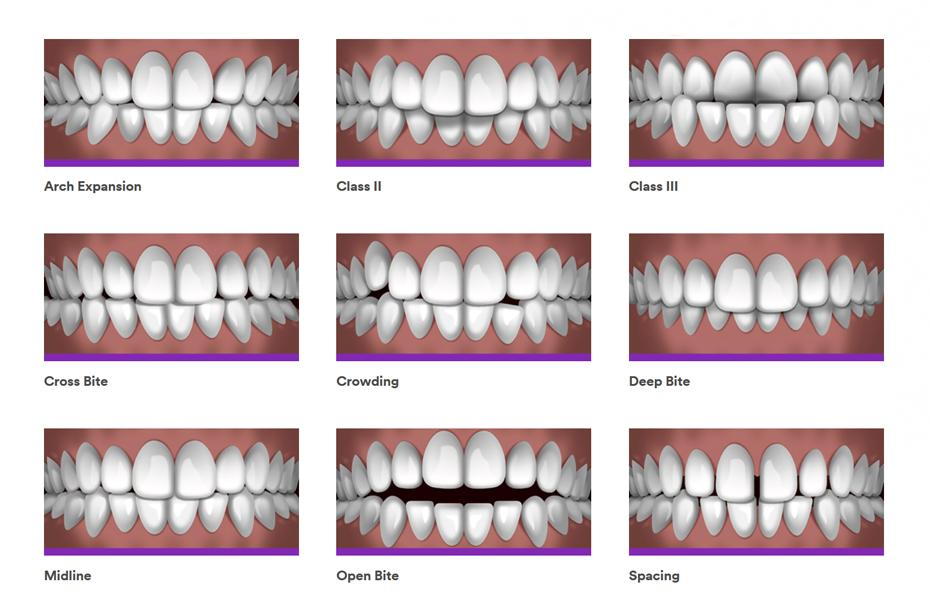The Facts About Causey Orthodontics Uncovered
Table of ContentsThe Causey Orthodontics StatementsCausey Orthodontics - An OverviewNot known Incorrect Statements About Causey Orthodontics The Facts About Causey Orthodontics UncoveredFacts About Causey Orthodontics Uncovered
Neglecting occlusal connections, it was common to get rid of teeth for a range of dental issues, such as malalignment or congestion. The concept of an undamaged dentition was not extensively valued in those days, making bite connections seem unnecessary. In the late 1800s, the concept of occlusion was essential for developing reputable prosthetic substitute teeth.As these concepts of prosthetic occlusion advanced, it ended up being a vital tool for dental care. It remained in 1890 that the job and influence of Dr. Edwards H. Angle started to be felt, with his contribution to modern-day orthodontics especially noteworthy. Focused on prosthodontics, he educated in Pennsylvania and Minnesota prior to guiding his attention towards oral occlusion and the therapies needed to keep it as a normal problem, hence becoming understood as the "papa of modern orthodontics".

The idea of suitable occlusion, as proposed by Angle and incorporated into a classification system, made it possible for a change towards treating malocclusion, which is any discrepancy from normal occlusion. Having a complete set of teeth on both arcs was extremely sought after in orthodontic therapy because of the need for specific connections between them.
Facts About Causey Orthodontics Revealed
As occlusion became the vital priority, face percentages and looks were overlooked - emergency orthodontist near me. To attain perfect occlusals without using external forces, Angle proposed that having excellent occlusion was the best way to gain maximum face visual appeals. With the death of time, it came to be fairly apparent that also an extraordinary occlusion was not ideal when considered from an aesthetic factor of view
Charles Tweed in America and Raymond Begg in Australia (that both examined under Angle) re-introduced dentistry removal right into orthodontics during the 1940s and 1950s so they might enhance facial esthetics while likewise making sure much better stability concerning occlusal connections. In the postwar period, cephalometric radiography started to be used by orthodontists for gauging adjustments in tooth and jaw setting created by development and treatment. It ended up being evident that orthodontic therapy could adjust mandibular growth, bring about the formation of functional jaw orthopedics in Europe and extraoral pressure actions in the United States. These days, both functional appliances and extraoral devices are used around the globe with the objective of changing growth patterns and forms. Pursuing real, or at least enhanced, jaw connections had actually ended up being the main purpose of therapy by the mid-20th century.
Fascination About Causey Orthodontics
 The American Journal of Orthodontics was produced for this function in 1915; before it, there were no clinical objectives to comply with, neither any precise classification system and braces that did not have features. Till the mid-1970s, braces were made by wrapping steel around each tooth. With developments in adhesives, it ended up being feasible to instead bond steel brackets to the teeth.
The American Journal of Orthodontics was produced for this function in 1915; before it, there were no clinical objectives to comply with, neither any precise classification system and braces that did not have features. Till the mid-1970s, braces were made by wrapping steel around each tooth. With developments in adhesives, it ended up being feasible to instead bond steel brackets to the teeth.Andrews provided an informative meaning of the excellent occlusion in permanent teeth. This has actually had purposeful results on orthodontic therapies that are carried out regularly, and these are: 1. Correct interarchal connections 2. Right crown angulation (pointer) 3. Proper crown disposition (torque) 4. No turnings 5. Limited call factors 6. Apartment Curve of Spee (0.02.5 mm), and based on these principles, he discovered a treatment system called the straight-wire device system, or the pre-adjusted edgewise system.
The advantage of the style depends on its bracket and archwire mix, which calls for just very little cable bending from the orthodontist or clinician (cheapest orthodontist near me). It's appropriately named after this feature: the angle of the slot and thickness of the brace base eventually identify where each tooth is situated with little requirement for extra manipulation
All About Causey Orthodontics
Both of these systems used identical braces for each tooth and demanded the bending of an archwire in 3 planes for finding teeth in their wanted positions, with these bends determining supreme positionings. When it concerns orthodontic devices, they are divided into 2 types: detachable and repaired. Detachable devices can be handled and off by the person as called for.

Therefore, mostly all modern set appliances can be taken into consideration variants on this edgewise appliance system. Early 20th-century orthodontist Edward Angle made a significant contribution to the globe of dentistry. He developed four distinctive device systems that have actually been utilized as the basis for many orthodontic therapies today, barring a couple of exemptions.
The Only Guide to Causey Orthodontics

The cable ended in a string, and to relocate forward, a flexible nut was utilized, which enabled an increase in area. By ligation, each specific tooth was affixed to this expansive archwire (orthodontist near me). Because of its minimal series of movement, Angle was unable to achieve accurate tooth placing with an E-arch
These tubes held a firm pin, which might be repositioned at each visit in order to move them in position. Referred to as the "bone-growing appliance", this contraption was theorized to encourage healthier bone development as a result of its potential for moving force straight to the roots. Executing it proved bothersome in reality.